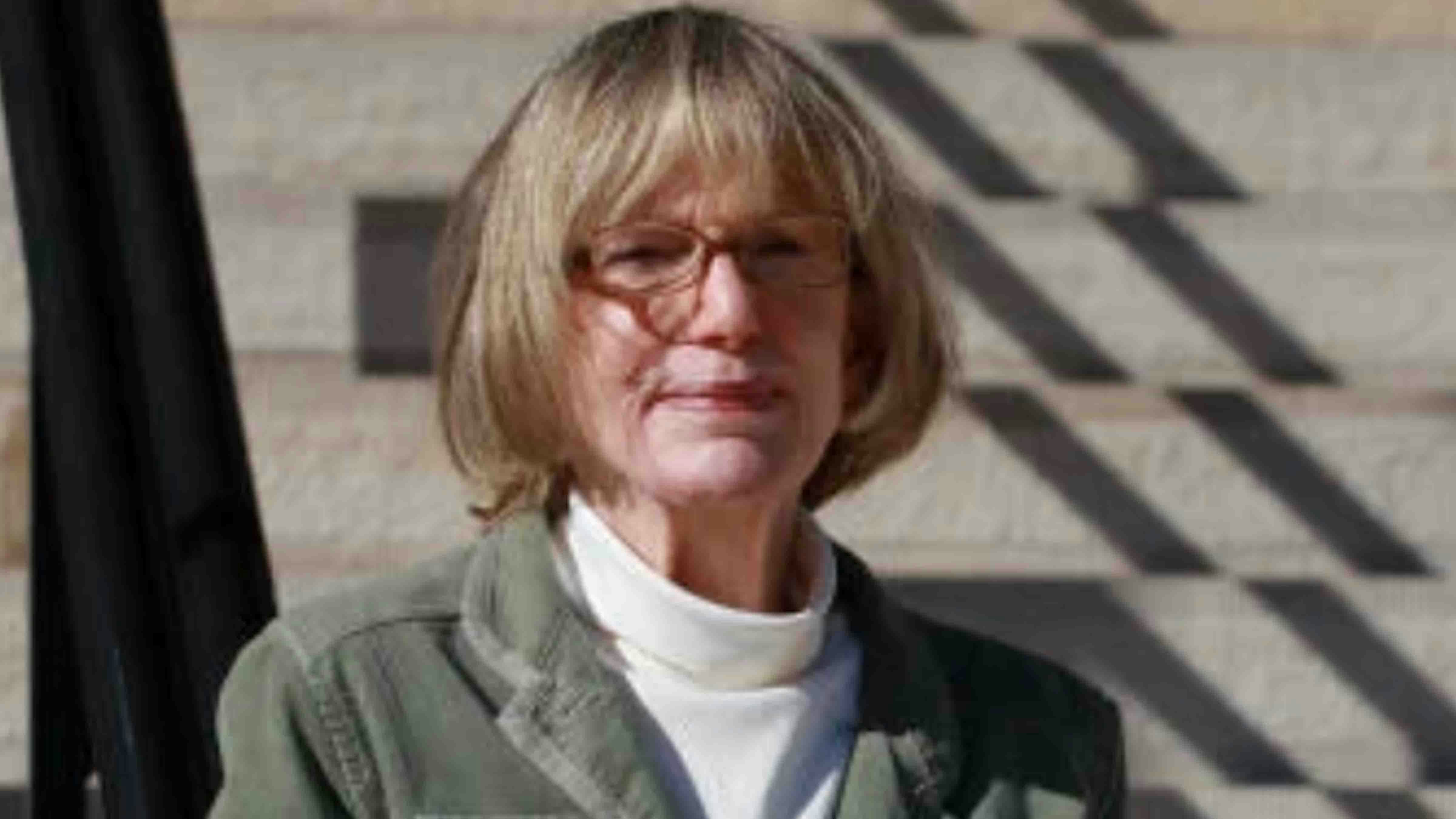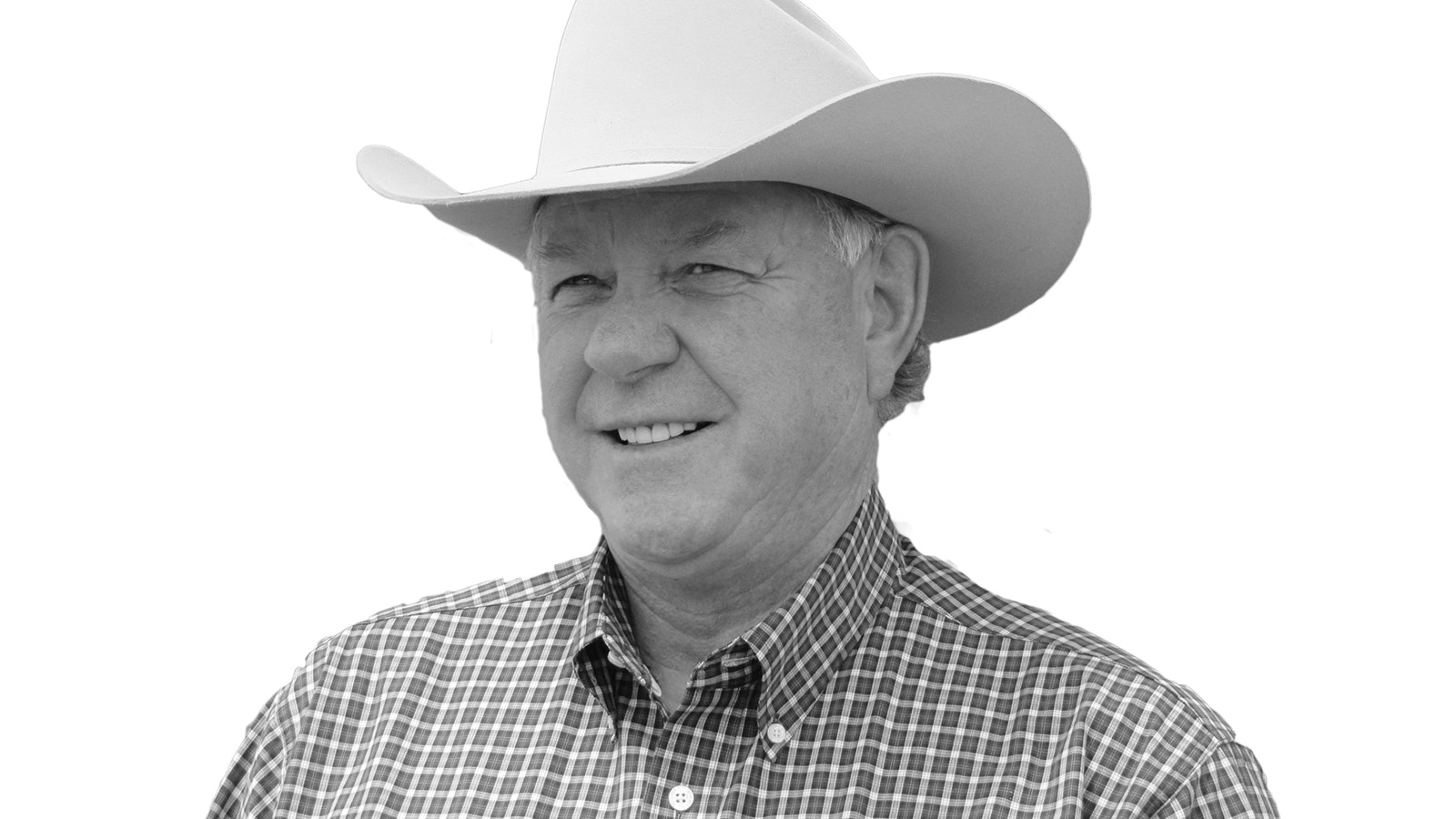The grizzly bear population in the Greater Yellowstone Ecosystem achieved biological recovery goals nearly two decades ago, but the animals remain under federal protection – after more than 40 years of such protection.
This threatened-species success story is due to the extraordinary efforts and tolerance of the human communities that share the landscape with the great bear in this region, including affected individuals, businesses and local governments, federal and state bear managers, and local conservation organizations. No credit should go to groups whose only action is to file lawsuits that prolong federal protection for wild animal populations that are no longer in jeopardy. One such group has its Trump Lawsuit Tracker (currently at “122 and counting”) displayed prominently on the homepage of its website.
When a federal judge reinstated federal protection for the Yellowstone-region’s grizzly bear population of at least 700 bears last fall, the judge ruled that the U.S. Fish & Wildlife Service (FWS) had “erred in delisting the Greater Yellowstone Ecosystem grizzly bear without further consideration of the impact on other members of the lower-48 grizzly designation.”
Federal officials had argued that delisting the Yellowstone region’s grizzly bear population would leave any other grizzly bears located in the lower 48 states with full protection as threatened under the Endangered Species Act. But the court ruled that argument wasn’t enough “because decreased protections in the Greater Yellowstone Ecosystem necessarily translate to decreased chances for interbreeding” with grizzlies in other populations such as the 1,000-bear Northern Continental Divide population in north-central Montana. The court faulted FWS for its lack of recognition that the long-term health of the grizzly population depends on the introduction of new genetic material (as in genetic interchange between grizzly populations).
While the Yellowstone grizzly decision makes its way through the appeals process, bear advocates continue to pretend that this grizzly bear population is in jeopardy. It’s not.
From the original goal of 15 breeding female grizzlies in a 9,200-square mile recovery zone, the population has increased to at least 58 sows with cubs occupying more than 25,000 square miles. Scientists tell us that the ecosystem has reached its carrying capacity for the big bruins – more than 60 percent of occupied grizzly bear range occurs outside the original bear recovery zone, in a more human-dominated landscape.
We’ve learned to coexist with grizzlies, but it’s a somewhat uneasy coexistence. With grizzly bears under federal protection for four decades, they no longer have a fear of humans. Thanks to bear-jams in our national parks, some grizzlies become habituated to the presence of humans, and human-habituated grizzlies can be a problem when those bears are located outside the national parks.
It’s no longer unusual to have grizzlies show up in western Wyoming communities like Dubois, Cody, and Thermopolis. Farmers encounter grizzlies in their corn and bean fields miles from mountain ranges; campers no longer use soft-sided tents; skiers now carry bear spray; hikers, fishermen, hunters, and picnickers no longer use traditional recreational areas because of the risk of encountering grizzly bears – far outside of the grizzly bear recovery zone.
We have more bear-human conflicts in the ecosystem because we have more bears in areas with humans. We have more livestock conflicts because we have more bears sharing the range with livestock. It’s not because of a human failure to adjust to the presence of bears; it’s because we all share the same range. And lest anyone forget, the grizzly bear is a top-of-the-food-chain predator. People are injured in conflicts with grizzlies every year. Some shoot and kill grizzlies in self-defense. Beloved human beings have been killed in tragic encounters with grizzly bears.
The Endangered Species Act is meant to serve as a safety net to ensure the survival of species teetering on the brink of extinction – a worthy goal endorsed by most Americans. By insisting on continued protection of recovered animal populations, animal advocates wield the ESA as a weapon to hinder management of recovered species, and to limit human activities for which they disapprove.
The FWS’s job is to protect threatened and endangered species. It is not the agency’s job to push for ever-higher populations of recovered species as some bear advocates desire. That would be a waste of limited federal resources that should be freed for use with species that are truly threatened or endangered. To insist on continued federal protection for animals that are no longer threatened only succeeds in eroding support for the Endangered Species Act.
Cat Urbigkit is the author of the book “Return of the Grizzly: Sharing the Range with Yellowstone’s Top Predator.” Her column, Range Writing, appears weekly in Cowboy State Daily.




